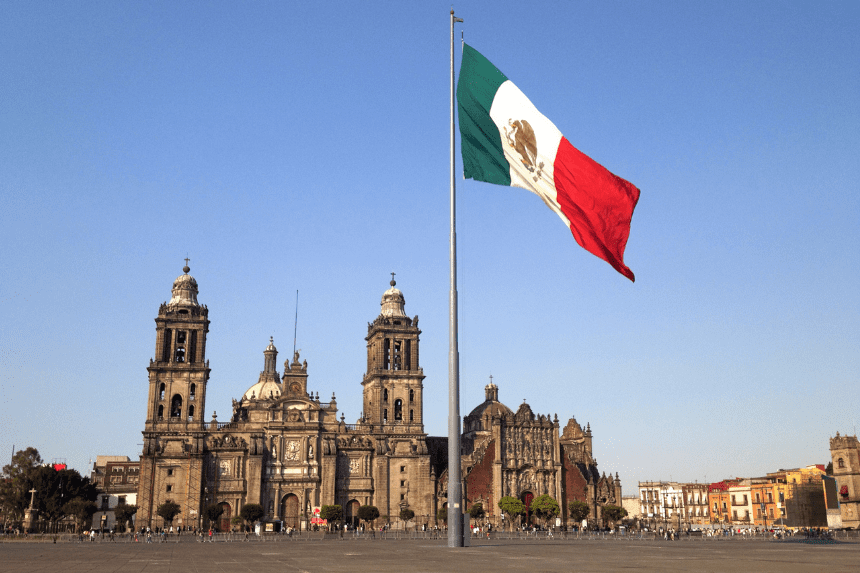The United States has given back a 500-year-old document signed by Spanish adventurer Hernán Cortés to the Government of Mexico. This is a big step toward international collaboration. The paper, which is from 1527, was lost for decades and is thought to have been stolen from Mexico’s national archives somewhere between 1985 and 1993.
The historic page, which talks about payments for goods used in early colonial expeditions, is one of 15 documents that were stolen in the late 20th century. Its reintroduction is an important step toward rebuilding Mexico’s cultural heritage and keeping the early colonial period in the Americas alive.
What does it mean that the document was returned?
The book gives important information about how Hernán Cortés’s trips throughout what would later become New Spain worked. When the Spanish crown named Cortés governor, he was a key player in the fall of the Aztec Empire and the rise of colonial power in most of North and Central America.
The document that was found talks of gold payments for exploratory trips, which are thought to be part of Cortés’s plans to expand into other areas. This involves trips to the Baja California peninsula and attempts to find the “spice lands” of Asia. Here is the link to our article on FBI King Files.
How did they find the document?
Mexican archivists put wax numbers on the document between 1985 and 1986. When it was found in the U.S. through open-source research, these indications proved where it came from.
The Cortés collection was microfilmed by Mexico’s national archive in 1993. That’s when officials first noticed that 15 pages were missing. Mexico officially asked the FBI’s Art Crime Team for aid in 2024. This team is in charge of finding stolen or looted cultural property.
Why is the U.S. involved in bringing back artifacts?
The U.S. is one of the biggest marketplaces for antiques in the world; thus, it has to deal with the illegal traffic in relics. The FBI has said that it will work hard to find and return stolen cultural artifacts to the nations where they came from.
The FBI said that these kinds of items are protected by international cultural property accords, even if no charges will be made because the document changed hands several times over the years. Here is the link to our article on FBI Thwarts Attack
What Will Happen to Mexico’s Archives Next?
There are still 14 pages missing, but one has been found. Officials in both nations are still looking into how to find and bring back these important historical records. In 2023, another Cortés paper was sent back to Mexico, showing that the attempt is still continuing on.
Experts say that these papers are important for both national identity and academic studies. They are textual proof of Mexico’s colonial past and its ongoing historical story.
Final Thoughts
The repatriation of this 1527 manuscript shows how important it is to protect cultural property from theft and unlawful trading. As countries put more and more importance on bringing back historic relics, working together on an international level becomes very important for protecting common human history. The FBI and Mexico’s working together sends a strong message: we need to protect cultural property for future generations.








